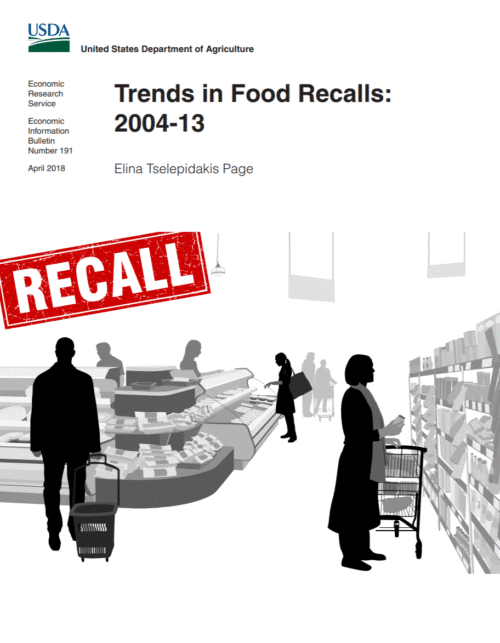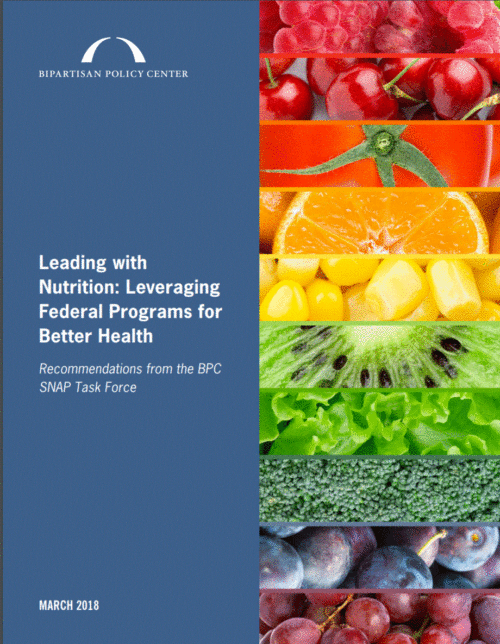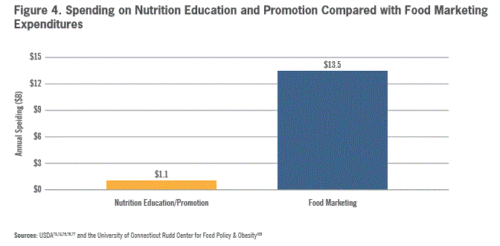Interim federal spending for food programs
I am just getting to this (better late than never), but in March Congress passed the 2,232-page appropriations bill H.R. 1625 (115). This continued funding for the federal government until the end of September.
Despite White House calls for deep cuts—this bill gave:
- USDA and FDA $23.3 billion in discretionary funding, $2.4 billion above current levels.
- USDA USDA Farm to School Grant Program $5 million
- Food for Peace ,$1.7 billion
- Sustainable Agriculture Research and Education Program, $35 million, a 30% increase since last bill
- USDA Economic Research Service, $86.75 million, above USDA’s request of $77 million.
- USDA Agricultural Research Service, $1.2 billion, above the $993 million request
- Agriculture and Food Research Initiative, $400 million, $25 million more than in 2017
- USDA Animal and Plant Health Inspection Service, $981.1 million, $925 million more than current spending.
- Child nutrition programs (school meals), $24.25 million, $2 million more than current levels.
- Women, Infants, and Children (WIC), $6.175 billion in discretionary funding over two years
- Commodity assistance programs (soup kitchens, food banks, farmer’s market nutrition programs and other emergency assistance programs), $322.1 million over two years, and above current $313 million
But then there’s SNAP, where the real money is: $74.01 billion. This is a $4 billion cut from current levels, and “subject to any work registration or workfare requirements as may be required by law.”
Except for SNAP, these look good for the next few months.
But the Farm Bill can change all this and we have yet to see what Congress will do about it.
And, according to Politico, the White House is expected to ask for up to $60 billion in cuts.
Start lobbying now.







